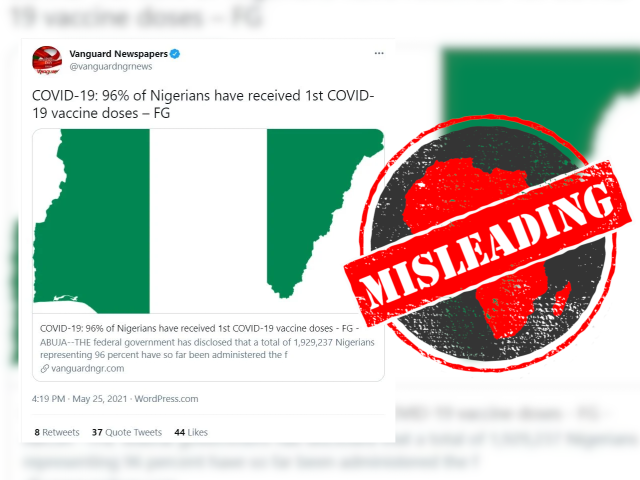A meme shared on Facebook in South Africa claims TV channel CNN used “the same girl in three different refugee crisis pictures being saved by three different men”.
A user comments: “Fake news that people believe.”
It shows three photos of a little girl, covered in dust and wearing the same clothes in each, being carried by three different men in what appear to be crisis situations.
The implication is that the US-based news network CNN used the images to falsely report on three separate crises.
According to US fact-checker Snopes, the meme has been circulating online since December 2016. Reverse image searches revealed that the photos were taken during a single crisis, the aftermath of a bombing in Aleppo, Syria, in August 2016.
It’s clear that the photos do show the same girl. But they are not from three separate events.
Snopes said it was more likely that the girl was passed from a rescuer to a caretaker or family member in the same disaster zone, resulting in the three different photos. And there is no evidence that CNN ever used the photos to represent anything other than this one event.
In April 2018, AFP confirmed this with their own fact-check. The photos were taken after the bombing by freelance photographer Ameer al-Halbi.
In addition to the three used in the meme, al-Halbi took 13 other photos. The images’ metadata shows they were all taken on the same day, within 80 seconds.

In one photo you can even see the girl being passed from a volunteer rescue worker to the man in the checked shirt. - Africa Check (26/03/19)
A user comments: “Fake news that people believe.”
It shows three photos of a little girl, covered in dust and wearing the same clothes in each, being carried by three different men in what appear to be crisis situations.
The implication is that the US-based news network CNN used the images to falsely report on three separate crises.
Bombing in Aleppo, Syria
According to US fact-checker Snopes, the meme has been circulating online since December 2016. Reverse image searches revealed that the photos were taken during a single crisis, the aftermath of a bombing in Aleppo, Syria, in August 2016.
It’s clear that the photos do show the same girl. But they are not from three separate events.
Snopes said it was more likely that the girl was passed from a rescuer to a caretaker or family member in the same disaster zone, resulting in the three different photos. And there is no evidence that CNN ever used the photos to represent anything other than this one event.
Photos all taken within 80 seconds
In April 2018, AFP confirmed this with their own fact-check. The photos were taken after the bombing by freelance photographer Ameer al-Halbi.
In addition to the three used in the meme, al-Halbi took 13 other photos. The images’ metadata shows they were all taken on the same day, within 80 seconds.

In one photo you can even see the girl being passed from a volunteer rescue worker to the man in the checked shirt. - Africa Check (26/03/19)
Republish our content for free
For publishers: what to do if your post is rated false
A fact-checker has rated your Facebook or Instagram post as “false”, “altered”, “partly false” or “missing context”. This could have serious consequences. What do you do?
Click on our guide for the steps you should follow.
Publishers guideAfrica Check teams up with Facebook
Africa Check is a partner in Meta's third-party fact-checking programme to help stop the spread of false information on social media.
The content we rate as “false” will be downgraded on Facebook and Instagram. This means fewer people will see it.
You can also help identify false information on Facebook. This guide explains how.




Add new comment